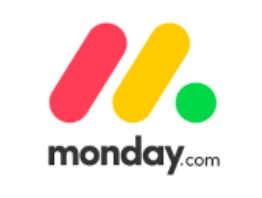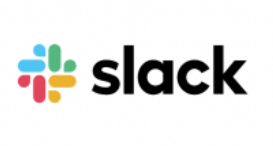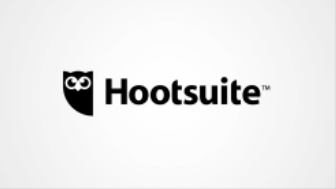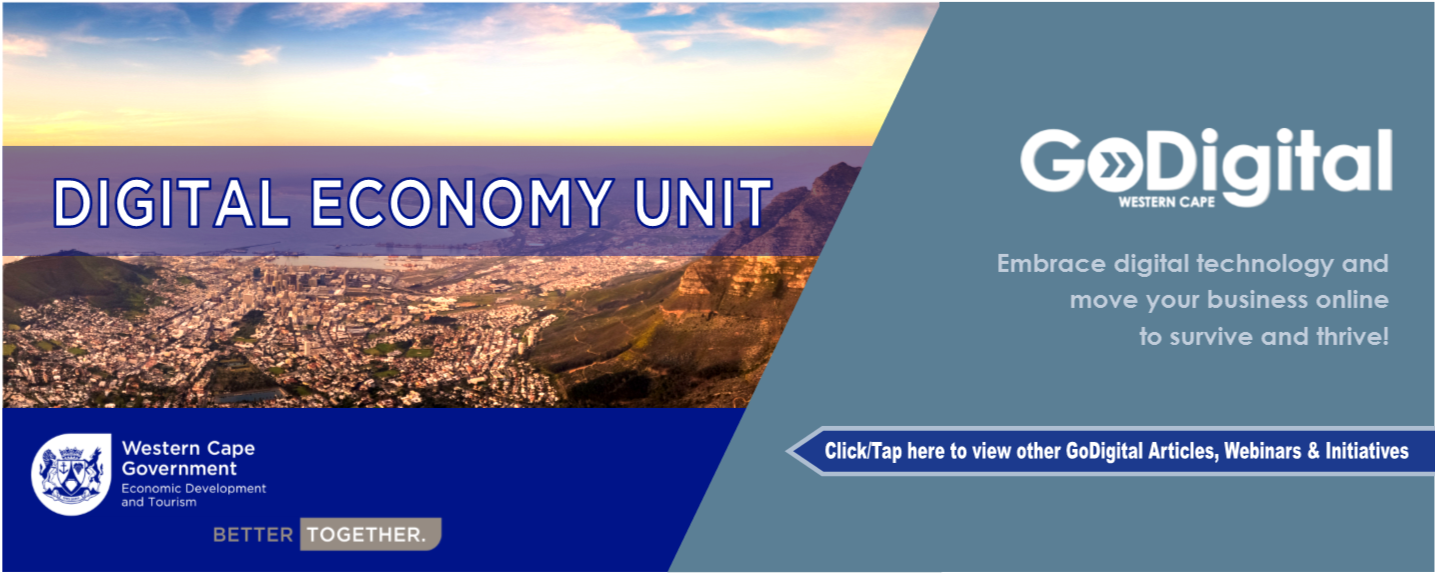Work smarter using digital productivity tools
Work smarter using digital productivity tools

What is the big idea?
Many business owners have taken the bold step, by necessity or choice, to re-engineer their business model and embrace change, be that remote working, e-Commerce approach or similar. Small or drastic changes to the traditional way of working require incorporating digital tools to improve efficiencies and work smarter. It can be difficult to let go of habits, especially those that are engrained. However these tools are designed to make our working lives easier and to increase productivity. Many also improve our time management and reduce costs. Creative and effective tools assist with many disciplines such as communication, collaboration, managing and organizing tasks, making and organizing notes and so many more.
The benefits
There are many benefits to adopting digital productivity tools in business and these are just a few to mention:
- Collaboration – using tools to provide focus, communication and assign and track tasks online ensures that team members are actively engaged from wherever they are based. This has a positive effect on the quality of outputs/services and improves the motivation of the team. Ultimately the customer feels the impact and the business saves on operational costs.
- Security – these tools are ‘in-house’ allowing the data to be stored in one place, not on servers and at less risk of being viewed by unauthorized persons. It is still worth ensuring that all the required security measures are in place. The article on Cyber Security in this series can shed more light on this topic.
- Fast response – since these tools are online, staff have instant access and any updates are seen immediately enabling quick response times. Many of the tools allow for notifications to be set and automated to ensure allocated actions are sent, received and actioned just in time. Such tools also are available 24 x 7 and break the ‘office hours only’ paradigm.
- Reporting – another advantage of using these tools is the reporting capability. Visually appealing and simple-to-use dashboards provide the latest information to track work progress, task status and highlight some of the potential barriers for attention. The data analytics and various report options provide key insights into how to improve processes or which practices to continue.
- Free and paid services: The digital tools come in a spectrum of priced offers. Some are free, some are paid for. Often there are products and services that offer some level of functionality for no cost, and higher levels of functionality at a charge. This may also be limited in terms of time e.g. free for 30 days. ‘Freemium’ products and services have some elements at no cost and others that are charged for. The recommendation is to choose the solution that best matches your needs, recognising that it may be possible to upgrade or downgrade as needs change (usually on an annual basis).
Making the choice of digital tools
It is important to know that not all tools are relevant or necessary for every business. Consider what tool is required and research which are most suitable for your business needs. Remember to consider the associated costs as some offer free services or free trial periods, while others work on a subscription basis. Take a little time to establish and understand the level of support offered by the platform once you have signed up.
The importance of bringing your team onboard
Whether you are alone in your business, starting a new team or working with an existing team, it is important to understand that not everyone adapts to new practices or new technology at the same pace. Some people may require more time to become comfortable working with the tool and require more training, support or nurturing through the process. Using digital productivity tools requires an element of self-discipline and consistency including managing distractions. Create small milestones along the way and celebrate the wins as yourself and your team transition to using digital tools.
What to look out for
As with any technology, technical issues can arise, so it is recommended that you have a backup plan for the workflow should that happen. Bear in mind that the tools you use will require updating from time and time to ensure you don’t experience any glitches.
Something else to look out for is the balance between people capturing tasks and doing the task. If there is unbalance consider how to readjust practices or perhaps consider a different tool. Lastly, things don’t always happen in a vacuum and yourself or your staff may need to work outside of the tool to meet a deadline or respond to something unexpected, so some degree of flexibility is needed.
Digital productivity tools examples
There are many thousands of tools on offer for pretty much anything, some are even App based for additional convenience (used on a mobile phone). It is not possible to provide a conclusive list in this article, however here are some examples to demonstrate the functionality available.

Monday.com allows for work to be managed in one place. Planning and tracking tasks can be set-up using one of the templates and supports automated workflows. It can also be integrated with existing tools such as email or even social media accounts. Monday.com provides visual maps, calendars and timelines to get a quick concise view of work progress.

Slack is a channel-based messaging platform, moving team communication to a more collaborative and agile approach. Channels are categorized into themes such as ‘Accounts’, ‘Customer Support’ or ‘Product Information’. Members of the team are linked to the channel enabling them to receive or share communication relevant to that channel, without someone having to send them a separate email. Any updates, questions or documents relevant to that channel are seen by everyone. There is also a chat/call function on slack.

Grammarly is a writing tool that makes real time suggestions as you type through AI powered algorithms. This ensures the accuracy of spelling and grammar in everything you write to maintain professionalism and increase writing speed. This tool can be integrated across various devices and platforms such as email or MS Word.

Hootsuite provides the opportunity to view and manage your various business social media accounts from one place. It provides a dashboard to plan, create and schedule content or posts to be published on your business social media as and when required. You can also measure the performance of these posts through the platform and see which are receiving more audience interest.

Toggl is a simple time tracking tool. Tasks can be manually tracked or reminders can be set to start the timer when required. Toggl is synced between devices so if you start a task on your PC and end it on your cell phone, the time will be tracked on both. The reporting capability allows you to filter data and see what tasks are consuming the most time and can be used to assist with accumulating billable rates. The advanced feature provides data visualization to establish profitability and a team time tracking option.
References
https://www.getapp.com/p/sem/productivity-software
https://www.cloint.com/8-benefits-of-using-online-productivity-tools-for...
https://www.wordstream.com/blog/ws/2015/03/26/productivity-tools
https://zenkit.com/en/blog/do-productivity-tools-actually-make-you-produ...



